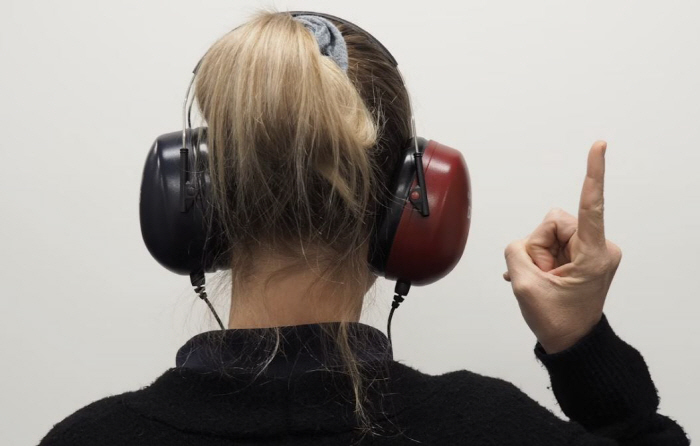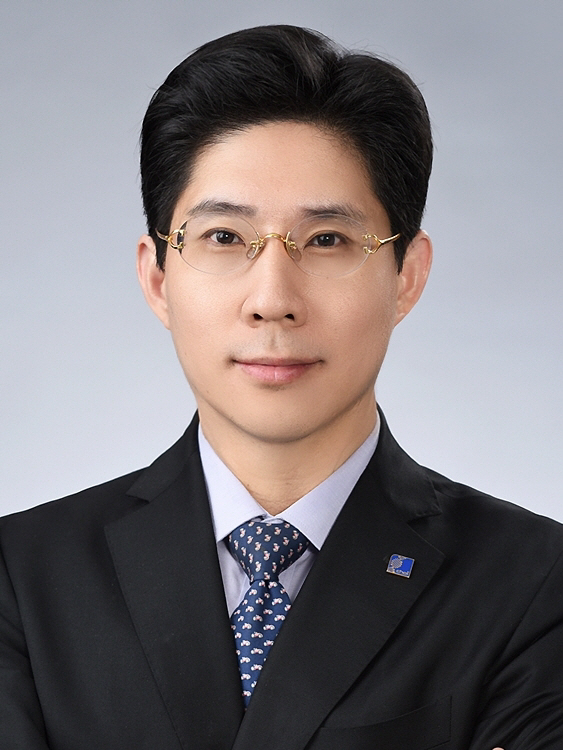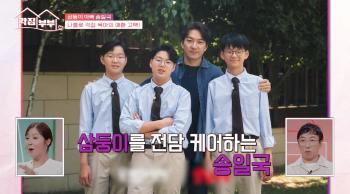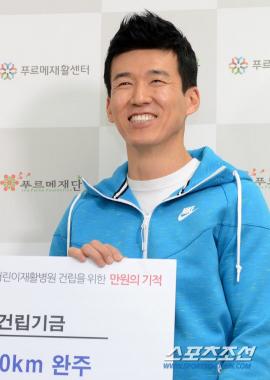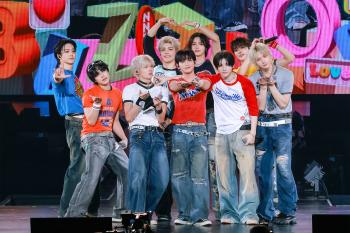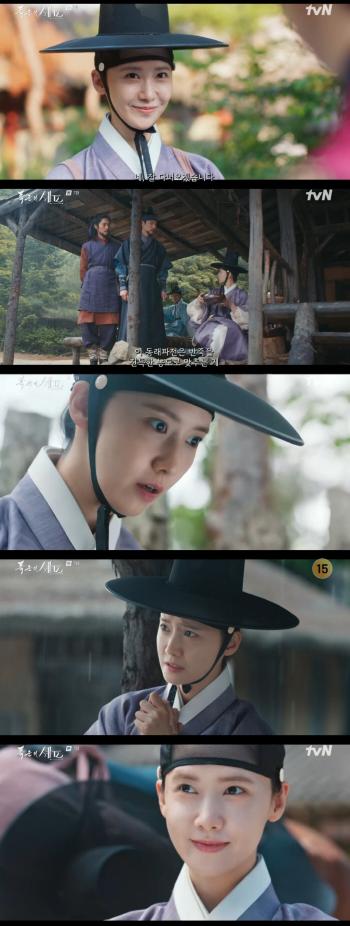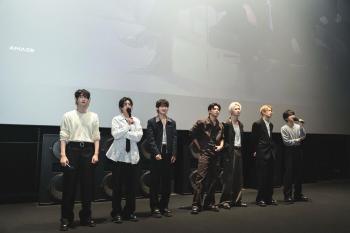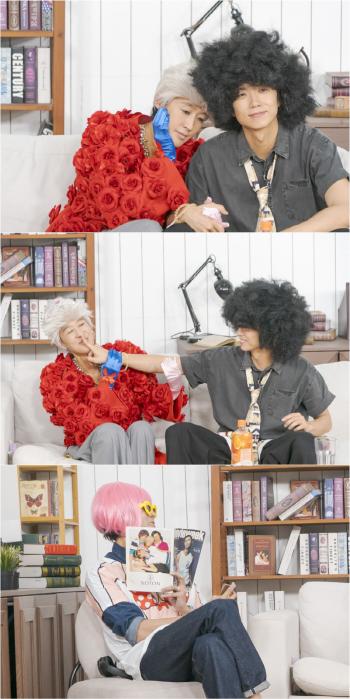Adult auditory neuropathy, MRI-based diagnostic methods confused with general hearing loss have been released
Sep 16, 2025
|
Adult auditory neuropathy is a disorder in which sound signals are transmitted to the brain through the auditory nerve, and is characterized by less ability to distinguish speech sounds than the degree to which sound is heard. There is a difference in the mechanism of development from the general hearing loss (sensory nerve hearing loss) resulting from damage to the hair cell inside the cochlea and the sound itself sounds small.
Wearing hearing aids is virtually not helpful for adult auditory neuropathy. This is because even if the sound is amplified, the auditory signal is not properly transmitted to the brain, making it still difficult to distinguish speech sounds. Auditory rehabilitation is possible only after artificial wow surgery, but because the sound appears to be heard at a certain level, it is easy for both patients and medical staff to confuse the judgment of the timing of surgery.
The bigger problem is that as the disease progresses, not only bill recognition but also hearing itself decreases, making it increasingly difficult to distinguish it from general hearing loss in hearing tests. For this reason, many patients are misdiagnosed as general hearing loss and waste time on hearing aid treatment, which is difficult to expect an effect, and miss the opportunity for early artificial wow surgery.
In response, the research team conducted an analysis of 61 patients aged 40 to 65 who underwent artificial wow surgery at Seoul National University Bundang Hospital from 2017 to 2023 to find clues that could clinically distinguish adult auditory neuropathy from general sensory hearing loss.
As a result of the study, adult auditory neuropathy patients showed significant atrophy of auditory nerve in MRI examination results compared to general hearing loss patients from the early stages of the disease. In particular, it was found that auditory atrophy is more severe if there is damage to the back of synapses (contact between nerve cells) where signal transmission takes place. In the hearing test, the two similar diseases showed relatively distinct differences in the appearance of the auditory nerve and the location of the damage on the MRI test.
It was also confirmed that even patients with significant auditory atrophy in MRI can effectively restore language comprehension if artificial woo surgery is performed early before the nerve completely degenerates.
The results of this study are significant in that they selected adult auditory neuropathy patients early, did not waste time wearing unnecessary hearing aids, and presented diagnostic evidence for applying artificial woo surgery before the auditory nerve degenerates to an irreparable level.
Professor Byung-yoon Choi explained, "'Progressive auditory neuropathy is a disease that accounts for about 10% of all patients with hearing loss, and there is a high possibility that auditory atrophy will progress rapidly even before hearing loss worsens.'" Therefore, optimal treatment results can be expected only when artificial wow surgery is considered much faster than ordinary hearing loss patients."," he stressed.
Meanwhile, the study was conducted with the support of the Ministry of Education and the Ministry of Trade, Industry and Energy, and the results of the study were published in the latest issue of the international renowned academic journal 'Otology & Neuroology'.
|
This article was translated by Naver AI translator.
